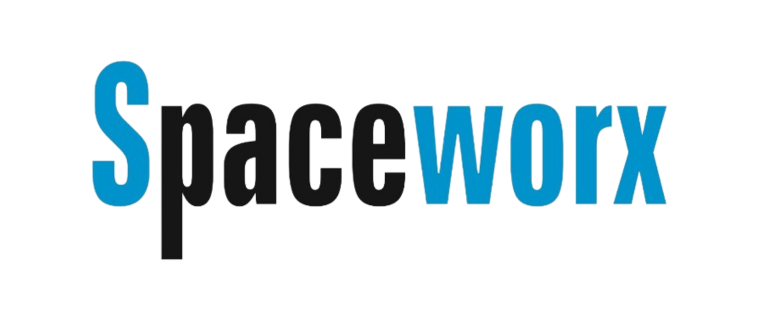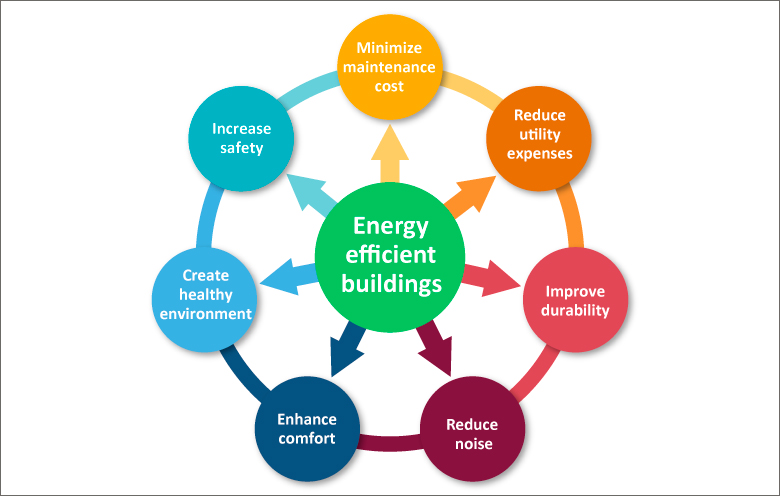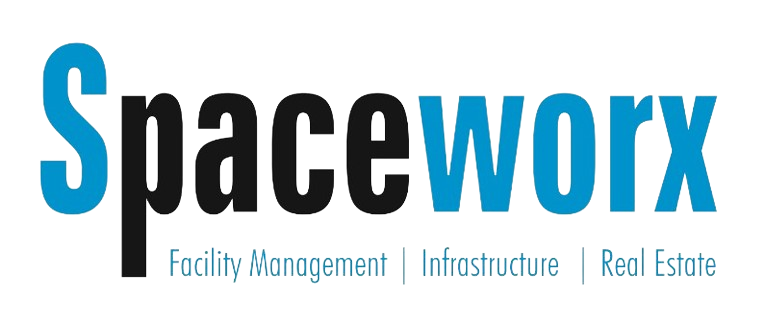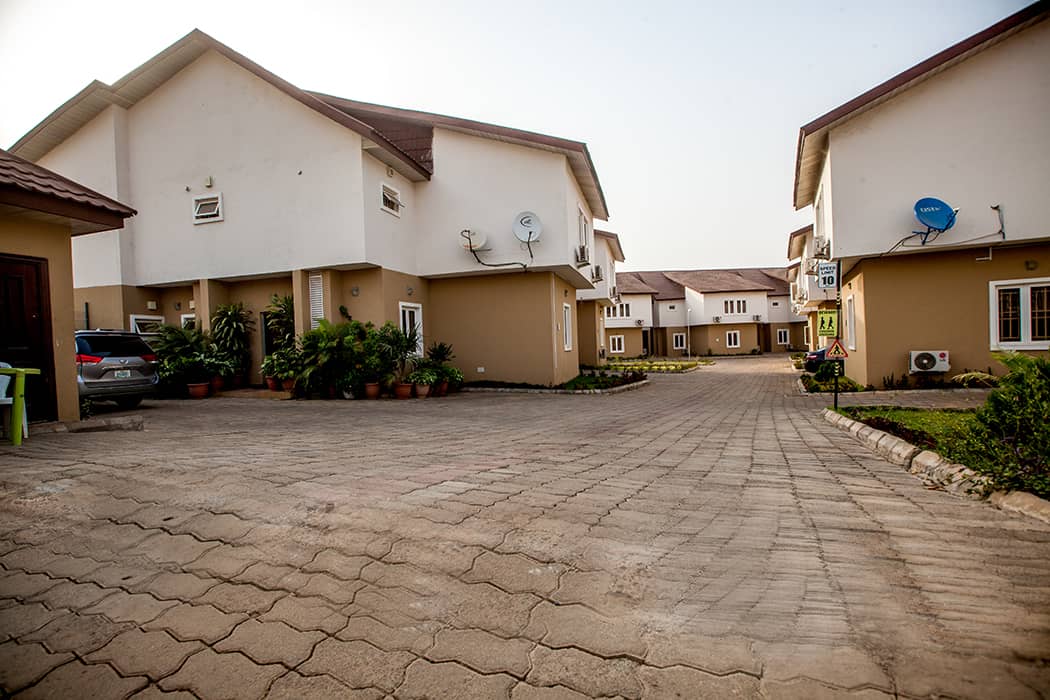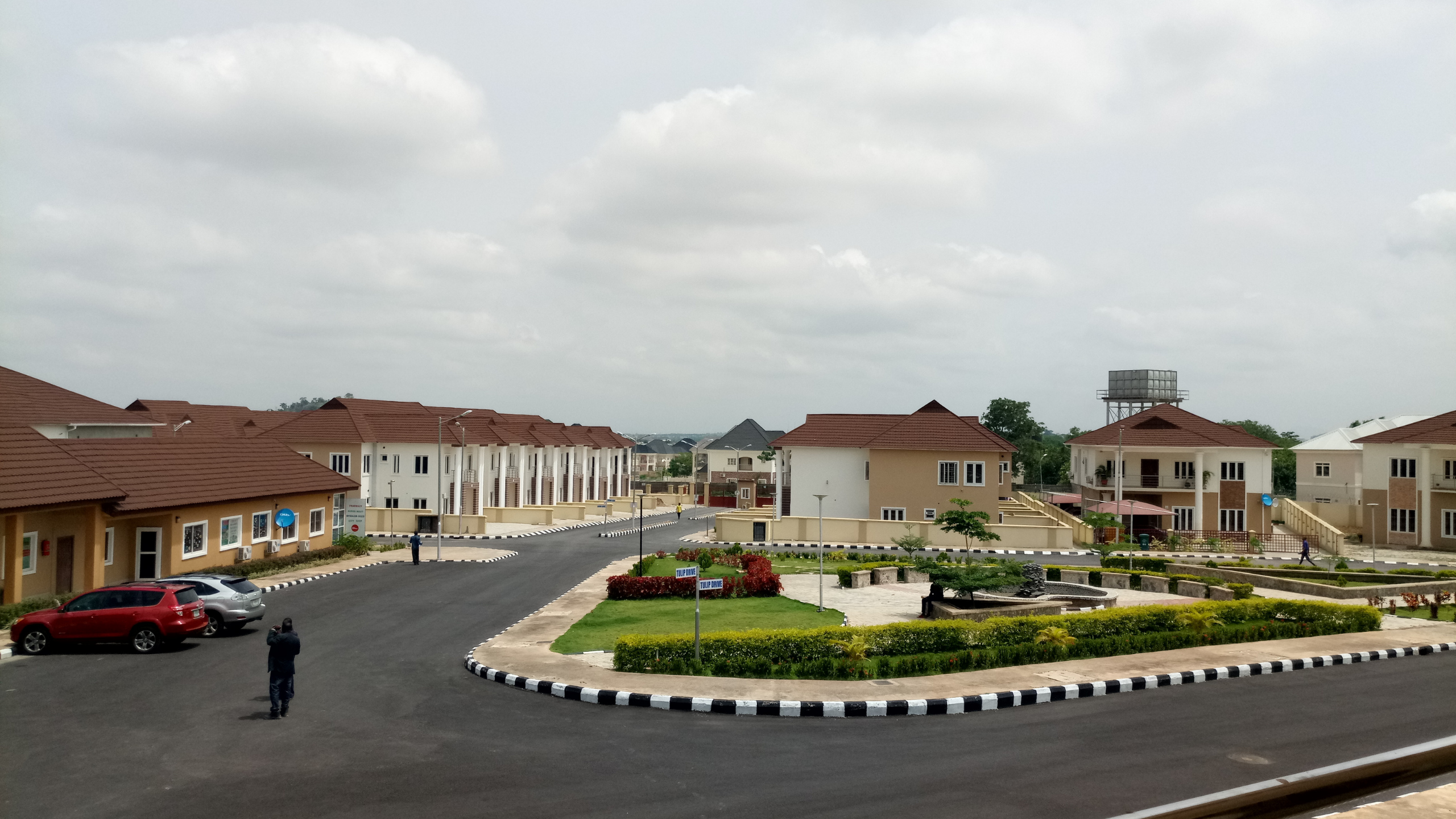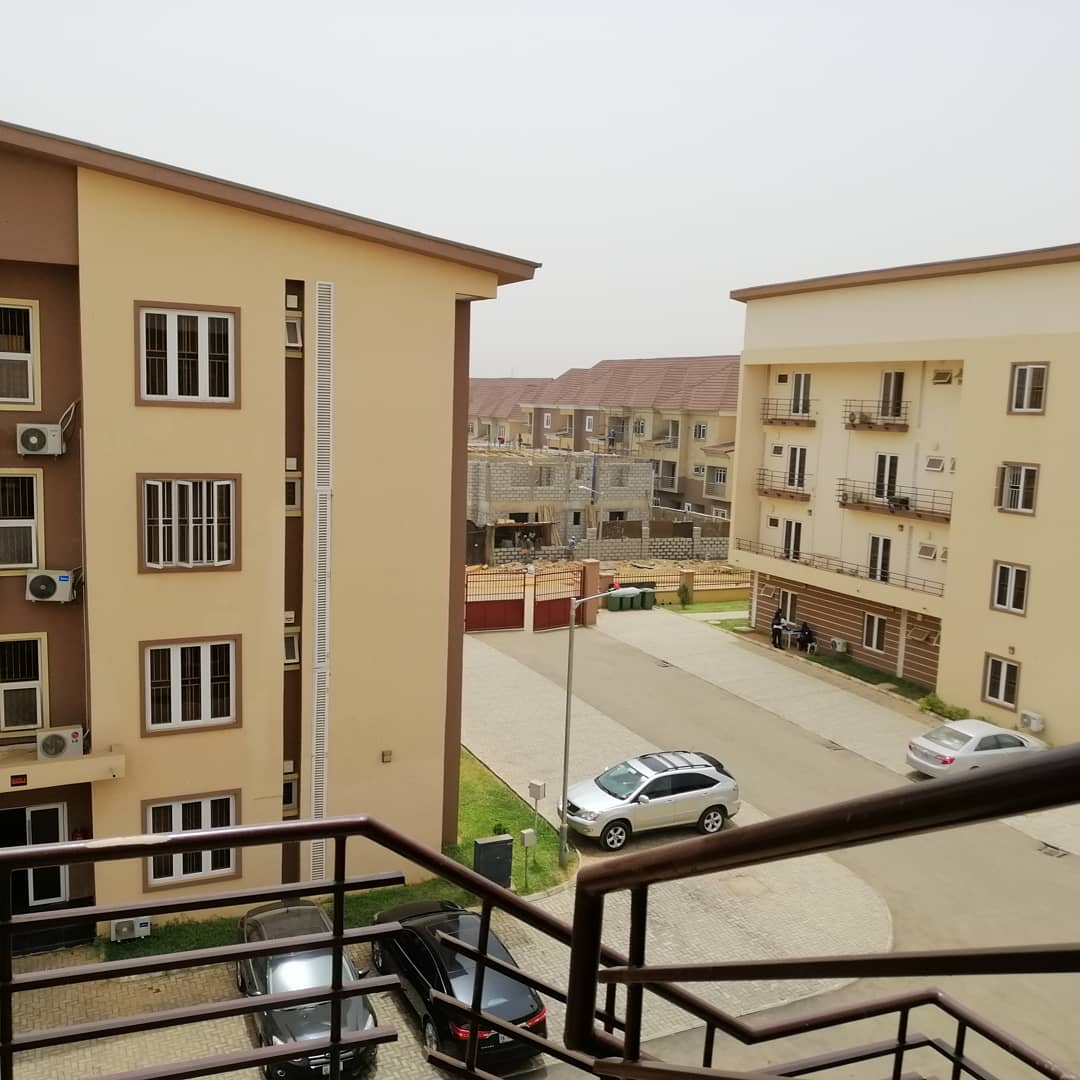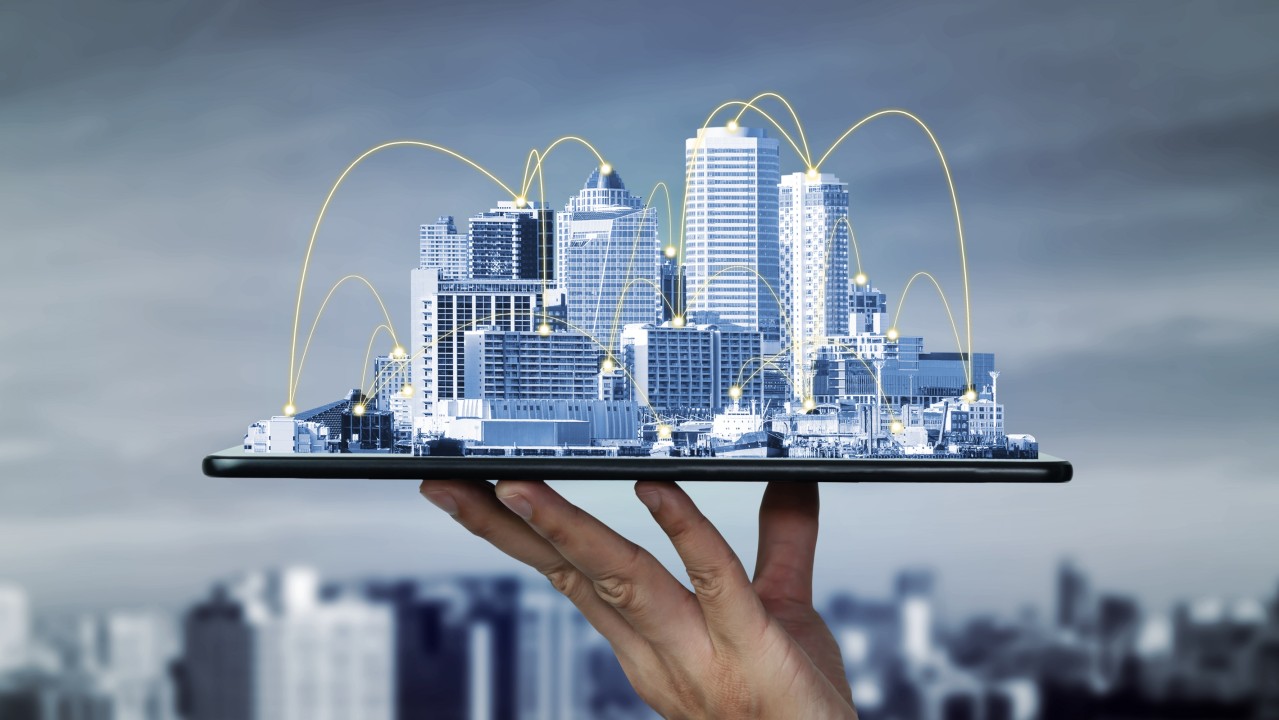
In recent years, the concept of smart buildings has evolved from a futuristic idea to a practical reality. Today, smart buildings are equipped with a variety of IoT devices and smart sensors that enable them to monitor, manage, and optimize their operations in ways that were previously unimaginable. These technologies are revolutionizing facility management, making buildings more efficient, sustainable, and comfortable for occupants.
One of the key components of smart buildings is the integration of IoT devices. These devices can range from simple sensors that monitor temperature and humidity to complex systems that control lighting, HVAC, and security. By connecting these devices to a central management system, facility managers can monitor and control all aspects of the building’s operations in real-time.
Smart sensors are another critical component of smart buildings. These sensors can be embedded in various building systems to collect data on everything from energy usage to occupancy levels. This data can then be used to optimize the building’s operations, reducing energy waste and improving occupant comfort.
One of the most significant benefits of smart buildings is their ability to improve energy efficiency. By monitoring energy usage in real-time, smart buildings can identify areas where energy is being wasted and take corrective action. For example, if a room is unoccupied, the lighting and HVAC systems can be automatically adjusted to reduce energy consumption.
Another key benefit of smart buildings is their ability to improve occupant comfort. By monitoring factors like temperature, humidity, and air quality, smart buildings can ensure that occupants are always comfortable. For example, if the temperature in a room is too high, the HVAC system can be adjusted automatically to bring it back to a comfortable level.
In conclusion, the future of smart buildings is bright. By harnessing the power of IoT devices and smart sensors, buildings can be made more efficient, sustainable, and comfortable for occupants. As these technologies continue to evolve, we can expect to see even more exciting innovations in the field of facility management.
